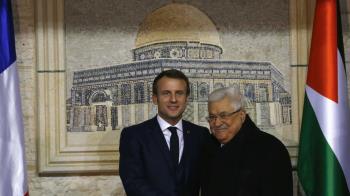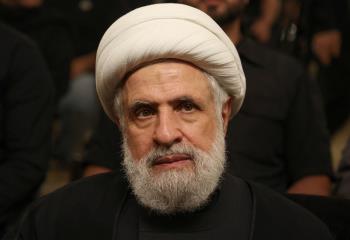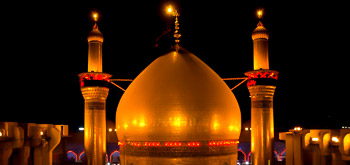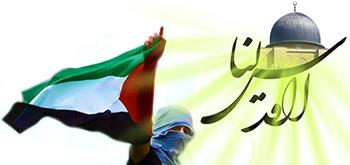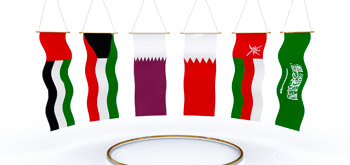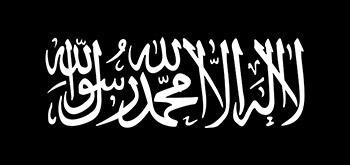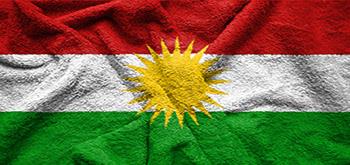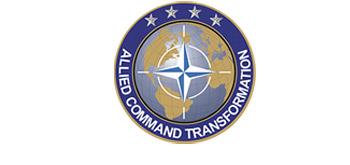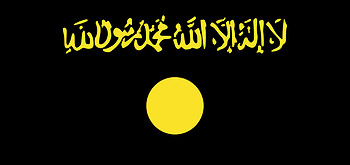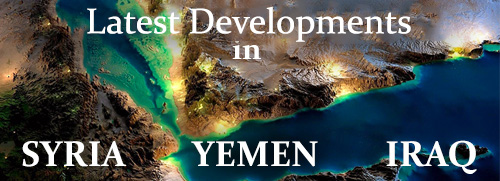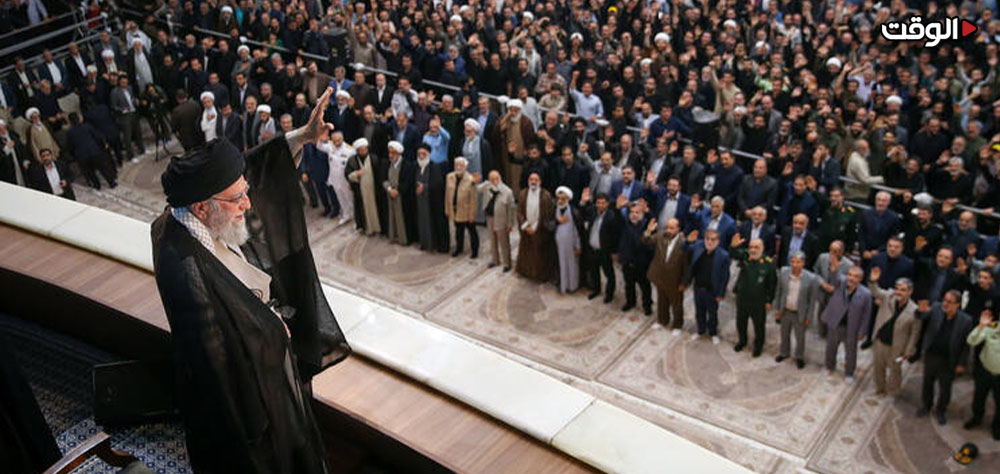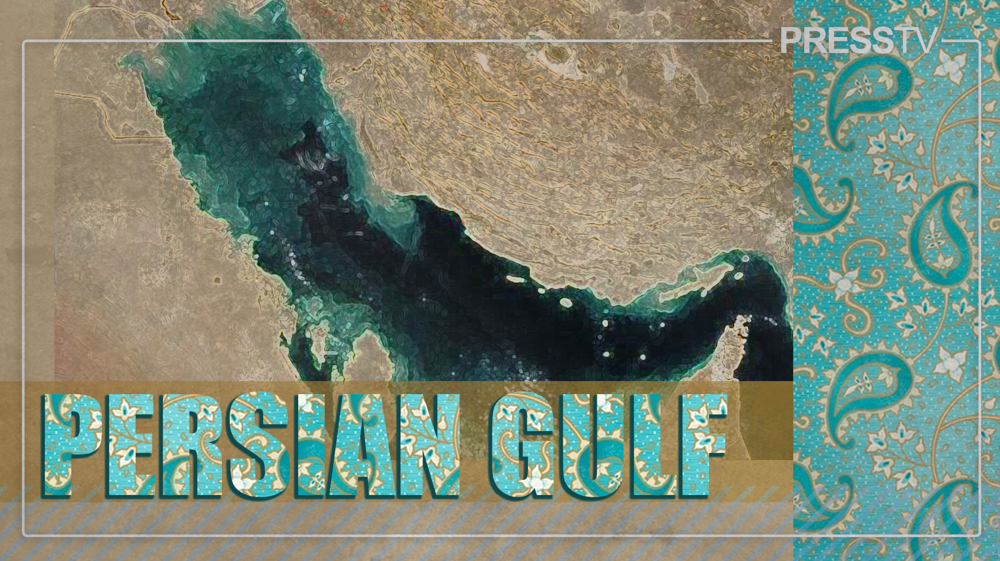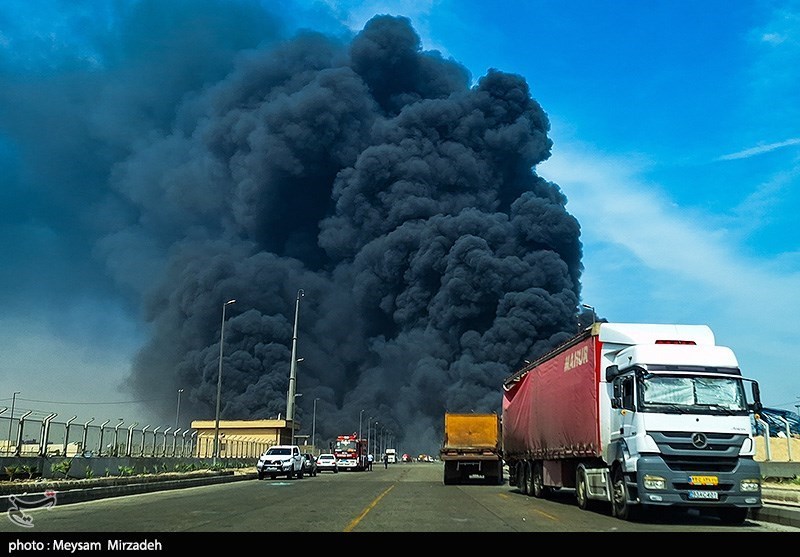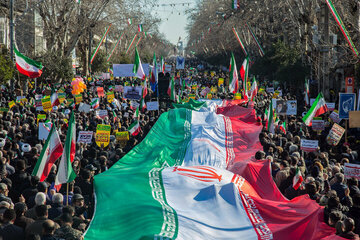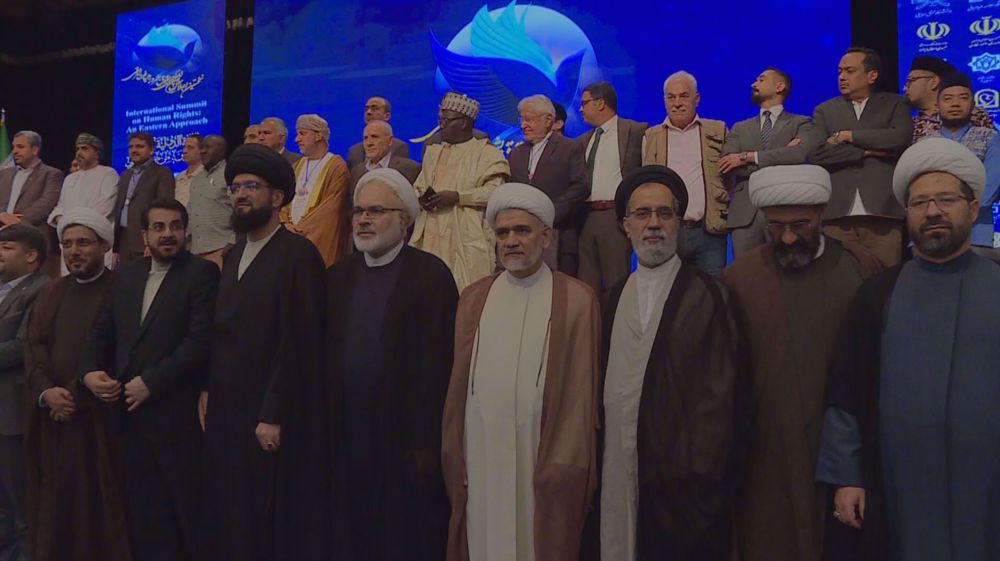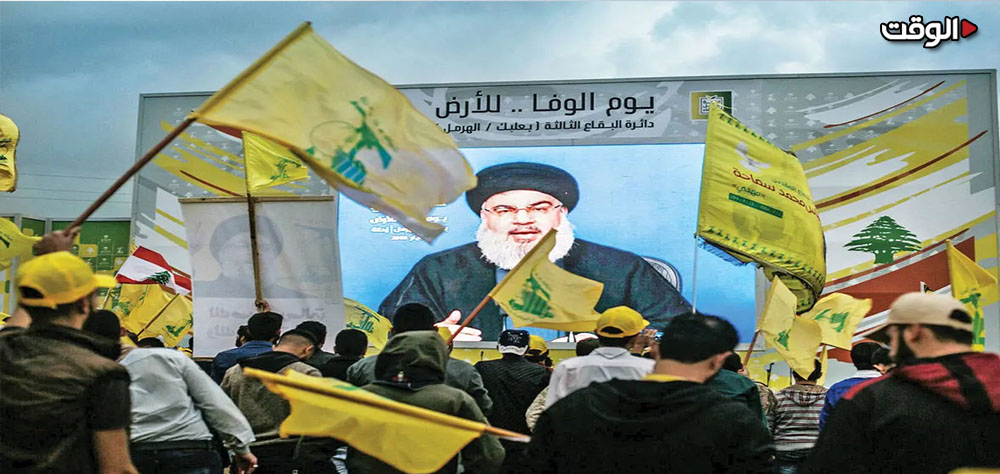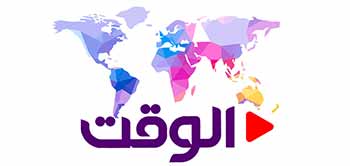Alwaght- There is much discussion about the UAE’s growing influence in Central and South Asia, yet little attention is given to how this energy-rich Persian Gulf monarchy is establishing itself as a key actor in these regions.
The UAE is focused on Eurasia through strategic investments in infrastructure, energy, economy, and security. Abu Dhabi’s focus on Central Asia especially in recent years is indicative of this country’s interest in having a share in the strategic vital bond between Russia and China in this region. Albeit, it should be taken into account that the Emirates efforts for influence in Central Asia is a kind of competition with Turkey and Iran, as this region is not only the playground of Russia and China but also other actors like Iran and Turkey are active in this region.
Similar environment
For the UAE, presence and activity in the Central Asian countries is closely similar to activity in the Persian Gulf. The country’s policy has a sectarian nature and the Central Asian countries, too, have ethnic-sectarian structure. This similar cultural and social environment is therefore a natural breeding ground for the development of long-term positive relations between the UAE and Central Asian societies. For example, UAE leaders quietly travel to Kazakhstan to hunt in the country’s southern provinces, which have replaced Pakistani hunting grounds for Arab rulers, who move around Central Asia with greater freedom.
Major investments
Similar cultural environment and political and social systems of the UAE and Central Asian countries have motivated the Emirati rulers to make substantial investments in Central Asian energy projects. For example, a decade ago Emirates investment giant, Mubadala, struck a deal with KazMunayGas, Kazakhstan’s state energy company, for a 24.5 percent share in an offshore gas field in the Caspian Sea.
More importantly, the UAE is investing in access to some Caspian ports. Such as the purchase of two special economic zones in Kazakhstan on the Caspian Sea by Dubai-based DP World. DP World bought a 51 percent stake in Kazakhstan’s Khorgos special economic zone and a 49 percent stake in Kazakhstan’s Aktau region, giving DP World control over the two zones. The establishment of the Astana International Financial Center in the Kazakh capital by Dubai-based Emirati companies has transformed Astana into a major financial hub for Central Asia and China’s Belt and Road Initiative, all part of the UAE-Kazakhstan equation.
Competitive atmosphere
At the same time, the Emirati activities in West Asia are naturally accompanied by a kind of strategic competitions.
The UAE’s investment in the energy sector of Kazakhstan and Turkmenistan is pleasing to Russia, as on the one hand the UAE pursues close relations with Moscow and on the other hand Kremlin officials prefer Emirati companies and investors to be active as Russia’s ally in the region, rather than American and Chinese companies.
The UAE is also making a lot of efforts in Tajikistan. In Tajikistan, the UAE plays against and in competition with Iran. However, it seems that the UAE’s efforts in Tajikistan have not been very fruitful so far, because given Tajikistan’s Persian-speaking ethnic identity and its cultural and historical bonds with Iran, there is very limited room for Abu Dhabi to confront Iran in this country, as the Tajiks pursue their common ethnic and cultural ties with Iran. A few years ago, even the UAE, in a coordinated campaign with Saudi Arabia, began distributing humanitarian aid and investing in Tajikistan, but the Tajiks still look to Iran rather than the Persian Gulf Arab countries.
Another rival of the Emirates in Central Asia is Turkey. Turkey’s interest in Central Asia dates back to 1991, after the collapse of the Soviet Union. Ankara has increased its presence in Central Asia through support programs for Turkic-speaking peoples, the creation of the Turkic Cooperation Organization and multi-billion dollar construction investments. However, for some Turkic-speaking countries, such as Turkmenistan and Kazakhstan, attracting investment capital to the energy sector is a higher priority than cultural issues. Since 5 years ago, the Emiratis have increased their investments in the energy market of Turkmenistan, focusing on infrastructure and gas production of this country. The UAE’s large investments in Turkmenistan’s gas infrastructure have given the Arab monarchy the upper hand in this Turkic-speaking country compared to Turkey’s cultural activities. The UAE is also involved in the development of key infrastructure projects in Turkmenistan, particularly in the transport and logistics sector. This includes cooperation in international ports and other transport hubs. The main exports from Turkmenistan to Dubai include natural gas, oil and cotton. In return, the UAE exports machinery, electronics and construction materials to Turkmenistan.
Why is UAE seeking Central Asia presence?
Abu Dhabi uses its financial influence in Central Asia to expand its geopolitical influence in this region. The Emirati leaders are determined to transform the country into an important actor in Central Asian republics’ economic development through investment and trade boost. On the other side, these republics have so far accepted the UAE’s financial presence in their region for its major investments. According to Rauf Mamadov, an expert of energy policy at the US-based Middle East Institute, the Central Asian officials believe that the UAE can be looked at and cooperated with as a model for obtaining economic diversity beyond hydrocarbons and oil and at the same time achieving successful integration in the global economy.

